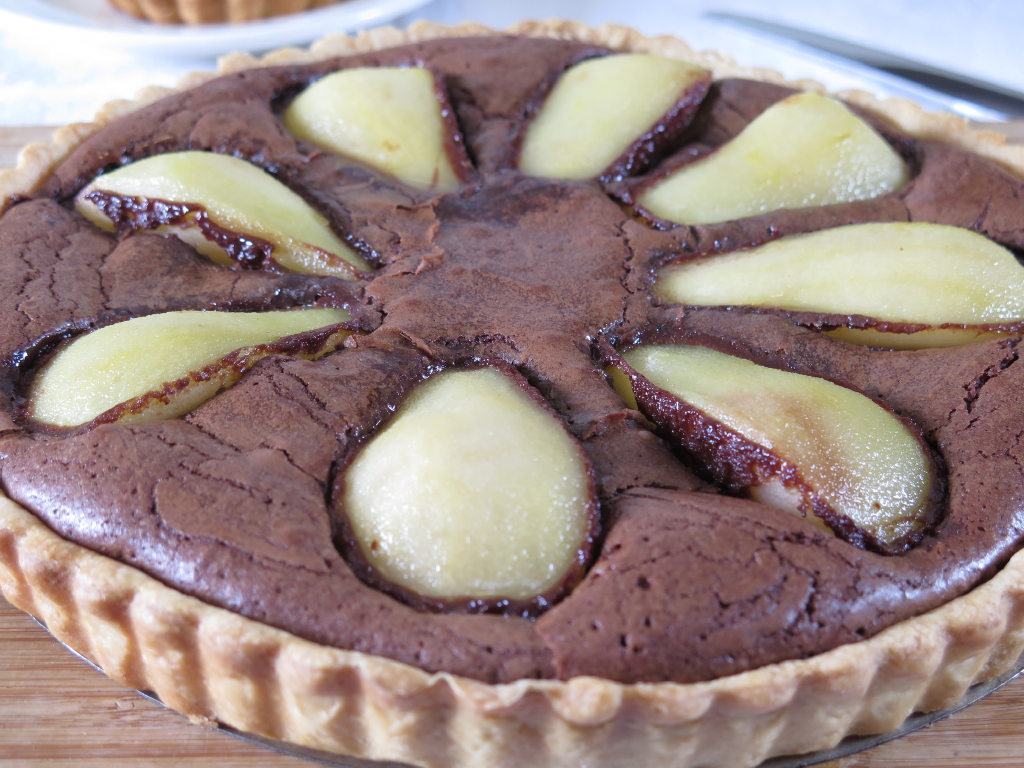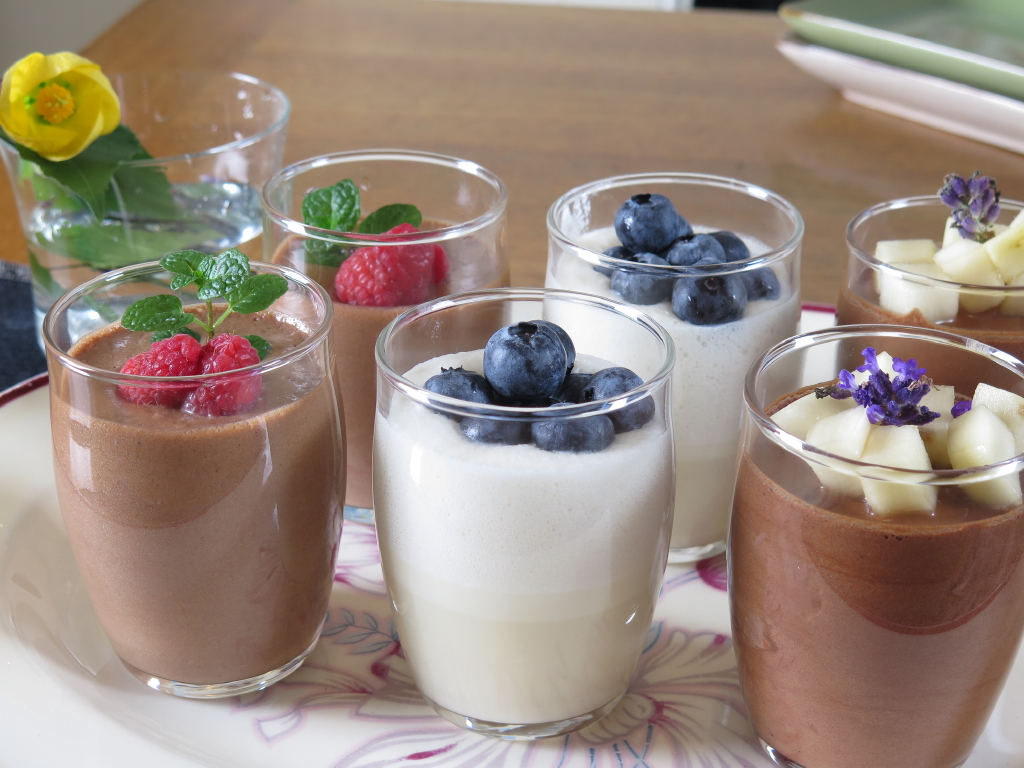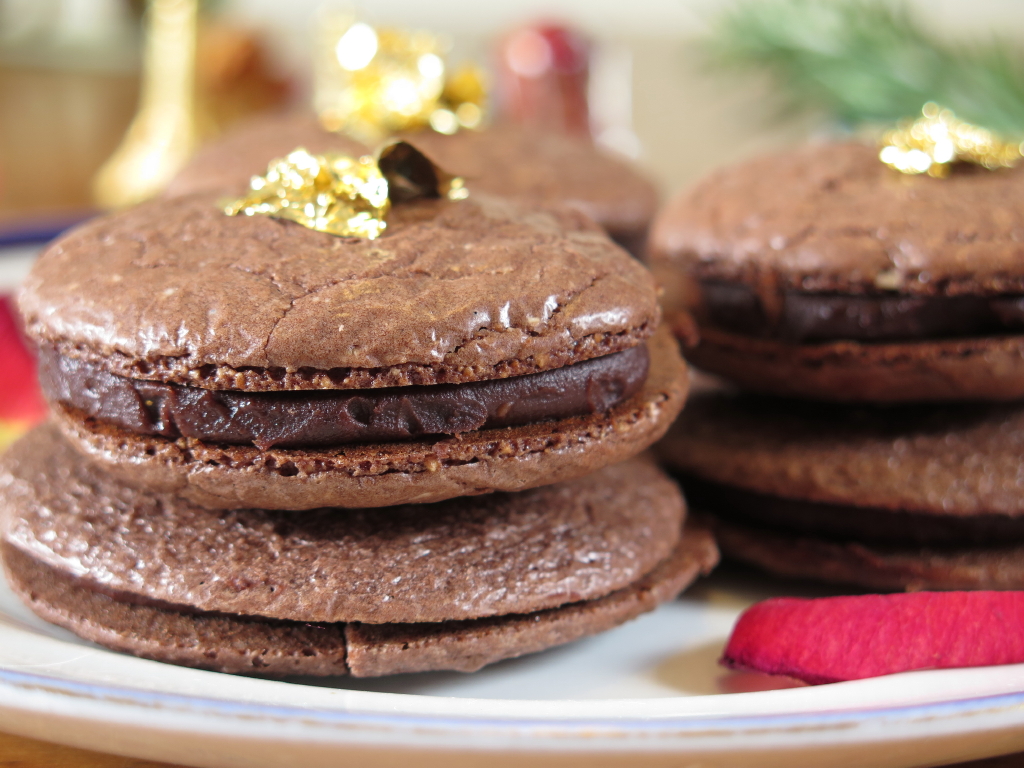When I was living on a hilltop in San Francisco, in the area called Russian Hill, I had a spectacular view of the Golden Gate Bridge and San Francisco Bay through huge one-piece windows from both the living and dining rooms of my apartment. The apartment wasn’t that big, but it was a fantastic living space with an almost unbelievable view that was like watching a never-ending film, every single hour of each day for two years.
Most summer days in late afternoon, I could see the famous white fog coming in through the Golden Gate into San Francisco Bay from the Pacific Ocean. In winter there were breathtaking sunsets behind and above the bridge, with the bright orange-colored bridge standing, like in a painting, between two green hillsides. In spring and fall, the cobalt blue sky reflected in the glassy water below the bridge. Then there was the mysterious evening/night sky with the bridge’s many lights working together with the stars above to illuminate the dark canvas of the ocean beyond, while romantic fog horns called out to the boats in the Bay. And all of this beauty only cost $850 a month in rent. It was obviously a special time in San Francisco, before today’s outrageously high rents, heavy traffic, and the homeless living on the streets.
My apartment also was walking distance to all the sights/attractions: the Marina district to the west, Ghirardelli Square and Fisherman’s Wharf downhill to the north, Chinatown and North Beach to the southeast (a kaleidoscope of cultures in a small area). North Beach was an upbeat, vibrant community of Italian immigrants. It is still there, but sadly its former glory and charm has been fading.
North Beach had so many Italian businesses, everything from high-end restaurants to family diners, cafes, bakeries, pastry shops, delicatessens, watering holes/bars and small theaters, where Italian was spoken and sung. The smell of food and cigarettes, the music, flowers, colors… it was so vibrant and intoxicating. I had a lovely companion, a golden retriever named Tess, who I walked with everywhere. She was a total chick magnet… ha ha. When not walking, I was on my little scooter, climbing up and down all those steep hilly streets. Life was so sweet in San Francisco.
And it was there that I first met and tasted “cannoli” along with espresso coffee, long before I went to Sicily for the first time. I liked the cannoli but it was a bit bland and overly sweet (a victim of Americanization, perhaps).
However, years later when I first visited Sicily I discovered how great cannoli could be. I found that it comes in a variety of flavors and sizes, but all of them were so flavorful and wonderful – better than I had ever imagined. My first visit to the island is still so memorable. I covered two-thirds of the island in two weeks, starting in Palermo, having arrived in early morning by boat from Naples the night before. I found a nice small hotel in the center of town (my trip was unplanned, with no reservations). After a shower and a short rest, I started my city excursion before noon by bicycle (my own bike, brought all the way from California).
Palermo was a bit disappointing at first – the city was much smaller than I imagined, and there didn’t seem to be any gangsters around. Instead, it is a typical provincial city. (Naples is the city with beautiful scenery, busy traffic, noisy streets and wild people. And the food – all of it – was excellent… from pizza, pasta and seafood to Neapolitan pastries, ice cream, etc.)
The first thing I had in Palermo was a cantaloupe sorbet from a small gelato shop, perhaps near the Bellini Museum. It was very good and I still remember the taste. It was my first food taste in Sicily, but it was the small pastry shop next to that where I found authentic Sicilian cannoli for the first time. “DEL CANNOLO SICILIANO” said a large sign. I remember there were so many different flavors displayed beautifully. I had chocolate, candied orange and pistachio at least. It was marvelous, meraviglioso, molto delizioso! I was fascinated by the shop and all their pastries. That is how I rediscovered great cannoli.
After that, I ate cannoli in every city I visited on the island: Enna, Agrigento, Syracuse, Catarnia, Taormina and other small towns. It was all good; nothing disappointed me, whether it was a piece of cannoli, or any other food I had in Sicily. And everything was cheaper there compared to the rest of Italy (the mainland). Unsurprisingly, I have been dreaming about going back to Sicily. My experience of the food there, in particular, was that it was the real thing, truly Sicilian, not like the faux Japanese food in California (teriyaki chicken, California roll, etc.).
My anecdotes and reminiscences have gone on a bit too long… but here is one of my repertoire recipes: good cannoli you can make at home. It’s not the traditional cylindrical shape (I’m guessing that most people don’t have the special cannoli mold), but you are going to taste the real thing! The most important ingredient is good fresh ricotta cheese. In Sicily, they normally use sheep’s milk ricotta cheese, which gives a great flavor, so if you use that it will be even more unforgettable (and make you want to travel to Sicily!).




- 1½ cups (210g) all-purpose flour, plus more for rolling
- 2 tablespoons sugar
- 2 tablespoons unsweetened cocoa powder
- ¼ teaspoon salt
- 2 tablespoons olive oil (or shorting)
- 1 teaspoon white vinegar or lemon juice
- ⅓ cup red wine or dry Marsala, more or less as needed
- 2 cups (450g) fresh ricotta cheese, drained overnight (sheep’s milk ricotta preferred)
- ⅔ cup confectioners’ sugar, plus more for dusting on top
- 2 teaspoons honey
- 2 tablespoons Grand Marnier or other orange liqueur (optional, but recommended)
- 1 ounce (30g) bittersweet chocolate, chopped, or small chocolate chips
- 2 tablespoons candied orange rind
- 1 tablespoon finely-grated orange rind
- 2 tablespoons toasted almonds, chopped
- 1 cup vegetable oil or more if necessary, for frying
- ¼ cup bittersweet chocolate, chopped, for garnish
- Put the flour, sugar and salt in a food processor bowl and process just to mix. Mix the olive oil, vinegar and wine together in a measuring cup and, with the machine running, pour all but 1 tablespoon of the liquid in and process for 20 seconds or so, until dough gathers on the blade. If it feels hard and dry, sprinkle in the remaining liquid and process briefly; it should be moist and malleable.
- Turn the dough out of the bowl, scraping any bits from the sides and blade, and knead by hand into a soft, smooth ball. Flatten to a disk, wrap very tightly in plastic, and refrigerate at least 4 hours, or a day or two in advance, for the best texture.
- Put the fresh ricotta in a fine-meshed sieve and set inside a bowl to drain for at least 12 hours or a whole day in advance. Cover the ricotta with plastic wrap and refrigerate.
- To make the cannoli cream, whip the drained ricotta with the whisk attachment of an electric mixer until smooth. Whip in ⅔ cup confectioners’ sugar and the Grand Marnier. Chop the chocolate (or chips) into coarse bits—big enough to bite into and to be visible. Coarsely chop the candied peel and almonds to the same size. Fold the chopped pieces into the cream; refrigerate until you assemble the cannoli.
- Cut the pastry dough in half. On a lightly floured surface, roll out one piece of dough to a rectangle, 14 inches by 11 inches (or as close as possible). With a sharp knife and ruler, trim the edges and divide the rectangle into a dozen squares, about 3½ inches on a side. (If you can only get 9 squares of that size or slightly larger, that’s fine.) Set the squares aside on a lightly floured tray to rest for 15 minutes before frying. Meanwhile, roll out and divide the remaining half of the dough the same way.
- To fry the pastry, pour oil into the skillet to a depth of ¼ inch and set over medium heat. Use the point of a small sharp knife to pierce each pastry square about 10 times all over its surface, as though you were making pin pricks through the dough. (These tiny holes will prevent the pastry from ballooning when fried.)
- Heat the oil until the edge of a square sizzles gently when dipped into it (about 350°F), then lay in as many squares as you can, 2 inches apart. Raise the heat to keep the oil temperature up (but lower it as soon as the sizzling gets too fast). Fry the squares for about 3 minutes on the first side, pushing them under the oil occasionally to heat the top surface. As the tops begin to bubble, press with tongs to prevent big bubbles from ballooning... small bubbles are OK. When the bottom is golden brown, flip the squares over and fry until evenly colored and crisp on both sides, about 2 minutes. As soon as they’re done, lift the squares with tongs, let excess oil drip off, and lay them to drain on folded paper towels (or a wire rack). Fry all the squares this way, adding oil as needed and heating it between batches.
- Assemble your cannoli Napoleons: Set one square on the plate, drop about 1½ tablespoons of cannoli cream in the center, lay another square on top – sides aligned – and press gently to spread the cream. Drop on another layer of cream, cover with the third square and press. Finally, shower the top of each Napoleon with powdered sugar and sprinkle chopped chocolate (and embellish with drizzles of honey if desired).
- It makes rolling out the dough easily if you have a pasta machine as well as you can get thinner and evenly. I used 3-inch round cookie cutter for this cannoli post photography.









